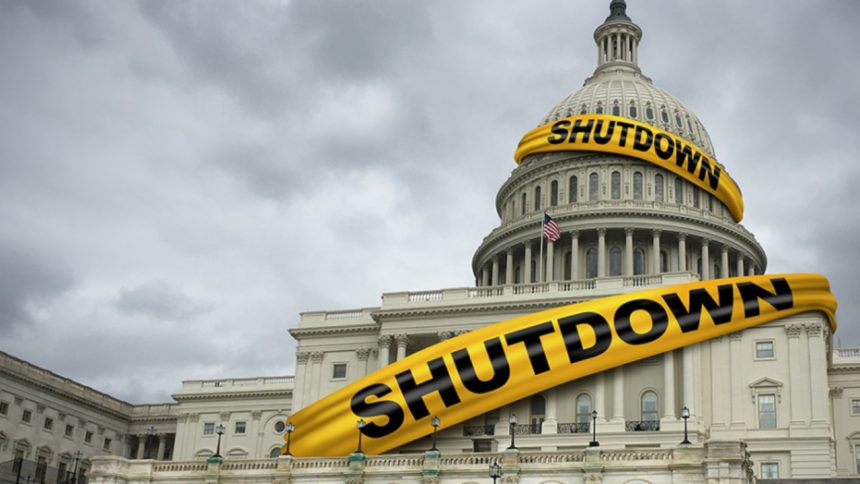As we flip the calendar to October, the U.S. federal government is on the verge of a major disruption. With a critical funding deadline just hours away, Congress has left town without a deal, making a shutdown increasingly likely. This isn’t the first time Washington has faced this scenario, but the political standoff in 2025 has its own unique stakes and potential consequences for millions of Americans.
The core of the issue is a familiar one: Congress must pass legislation to fund government agencies every year. When they fail to do so by the start of the new fiscal year on October 1, a shutdown occurs. This year, the political impasse is centered on healthcare. Democrats are pushing for a bill that would extend expiring health insurance tax credits and reverse recent Medicaid cuts, arguing it’s essential for protecting coverage for millions. Republicans, however, have rejected these additions, creating a deadlock that a last-ditch meeting at the White House on September 29 failed to break.
The Stakes of a Shutdown
If the government shuts down, its effects would ripple across the country, though not everyone and every service would be affected equally. The basic rule is that functions essential to protecting human life and property continue, while non-essential operations must stop.
You Might Like: Bad Bunny Net Worth: Inside His $50M Fortune in 2025
For the average person, this means that Social Security and Medicare benefits will continue to be paid, and the mail will still be delivered because these are funded by permanent appropriations or self-supported. Active-duty military personnel will continue their duties, though they will not be paid until the shutdown ends. However, many services we rely on will grind to a halt. Travelers may face longer lines and delays as air traffic controllers and TSA officers are forced to work without immediate pay. National parks could close or operate with severely reduced services, meaning shuttered visitor centers and unmaintained facilities.
🚨 VP VANCE: “I think we’re headed to a [government] shutdown.” pic.twitter.com/Gz41x7JKl6
— Breaking911 (@Breaking911) September 29, 2025
Crucially, a shutdown creates significant uncertainty for federal workers and vulnerable populations. Hundreds of thousands of federal employees could be furloughed or forced to work without pay. While a 2019 law guarantees that these workers will receive back pay once the shutdown is over, the immediate loss of income is a major burden. For families relying on federal nutrition programs, the situation is also tense.
While SNAP (food stamps) benefits may continue for a time, funding for WIC (The Special Supplemental Nutrition Program for Women, Infants, and Children) could run out quickly, potentially putting food assistance for millions of low-income women and young children at risk.
Also See: Who Is Bad Bunny’s Girlfriend or Wife?
A Look Back and the Path Forward
This potential 2025 shutdown follows a long history of similar brinksmanship. Since 1980, there have been 14 government shutdowns. The most recent and severe was also the longest in U.S. history: a 34-day shutdown from late 2018 into early 2019 stemming from a dispute over funding for a border wall. That shutdown cost the economy an estimated $11 billion and led to permanent losses of $3 billion, demonstrating that these political fights have real and lasting economic consequences.
As of September 30, 2025, the path to avoiding a shutdown remains blocked. Congressional leaders have departed Washington without a deal, and the White House has already instructed federal agencies to prepare for furloughs and even permanent layoffs for programs not aligned with the administration’s priorities. The situation is fluid, and a last-minute agreement is always possible. But for now, the nation waits to see if its leaders can bridge their deep political divides or if the government will once again shutter its doors.



